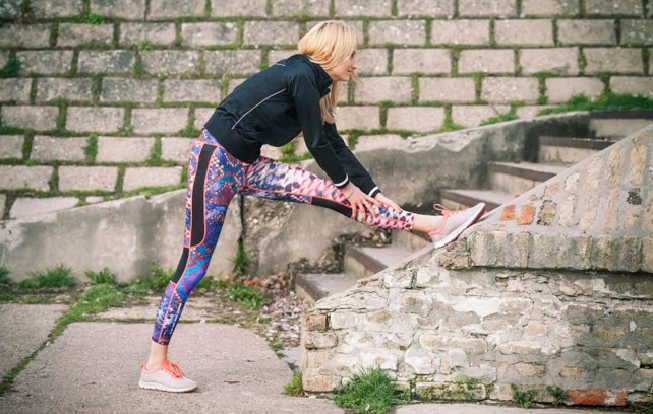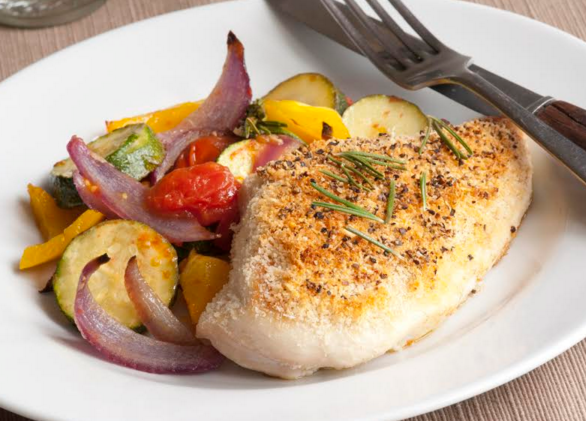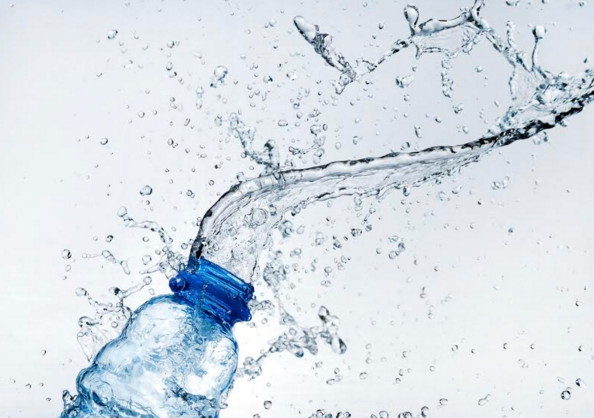James Haskell: How to maximise your Rest and Recovery
No matter how hard or how smart you train, you’ll never get the results you want if you’re not paying proper attention to your rest and recovery.
The science is simple; when you are in the gym or playing sports, you cause small tears to occur in your muscle fibres. Your body repairs these tears as you recover; in other words, in your time spent away from the weights room and the running track.
In essence, every minute that is not spent training is spent recovering. How much attention you pay to this recovery will be a huge contributor to how efficiently you are able to perform when it matters. With this being the case, why is it that we pay so much attention to the 2 – 3% of each week that we spend training, and hardly any to the majority of our time we spend recovering?
If you’re serious about performing to the best of your ability, it’s time to make recovery a priority. Here are the 5 essential components of recovery, and how to make the most of them as part of your own programme.

#1 – Sleep
Sleep is the most important part of any recovery programme, but also the most commonly overlooked. During sleep, muscles are repaired, human growth hormone (HGH) and testosterone are produced, and cortisol levels plummet. As an athlete, you’ll need between 7 and 9 hours of sleep each night in order to really get the most out of your recovery.
In order to improve your sleep, try to establish a routine that enables you to go to bed and wake up at roughly the same time each day. This will help you to establish a healthy circadian rhythm that promotes deeper and more restorative sleep. Sleeping in a cool environment with no artificial lights can also help to improve sleep quality, as can taking a magnesium supplement and/or chamomile tea before bed.

#2 – Nutrition
The food you eat provides the building blocks for new cells. Protein helps rebuild damaged muscle tissue, carbohydrates help replenish your glycogen stores, and fat provides a slow burning energy source and helps in the absorption of nutrients.
It goes without saying that the better your food choices, the more efficient your recovery. There is a whole world of nutritional information out there to dive in to, but in general, be sure to eat foods as close to their natural form as possible for best results:
– Build each meal around a high quality source of protein (red meat, chicken, eggs, fish etc) to ensure you are getting enough amino acids to repair damaged muscle tissue.
The harder you train, the more carbohydrates you need. Good sources of carbohydrates include rice, potatoes, sweet potatoes and butternut squash. Consuming carbohydrates immediately after you workout helps to replenish your glycogen stores to assist in recovery.
– Add a source of high quality fat to each meal to lower the insulin spike and help keep blood sugar levels stable. Avocados, coconut oil, whole eggs, nuts and seeds are great sources of healthy fat. Also be sure to consume plenty of oily fish to meet your omega 3 requirements, as omega 3 helps to reduce inflammation and muscle soreness.
– Stay balanced! No one can eat perfectly 100% of the time, and food should always be enjoyed. Treats and meals out every now and then will not hurt you!
#3 – Hydration
Every single cell in your body needs water; especially your muscles, joints and cartilage. Water helps to transport nutrients and oxygen to your muscle cells, and is therefore crucial for both performance and recovery. Staying hydrated will help to improve circulation and the rate at which nutrients are transported around your body, and will also keep your digestive system running efficiently to improve the amount of nutrients you are able to absorb from food. Aim for at least 2 – 3 litres of water each day, and more if you are training hard and losing water through sweat.

#4 – Stretching and mobility
Warming up with some light stretching and mobility is essential to avoid injury, but these exercises are also a crucial part of any successful recovery programme. Incorporating a “warm down” stretching routine into your post workout schedule will help to reduce DOMS and get you back training again sooner, whilst regular mobility work away from the gym will help keep muscles oxygenated and joints flexible. Try to make at least 10 minutes for stretching and mobility each day, ideally first thing in the morning.
#5 – Heat, ice and compression
Use these techniques when recovering from injuries, or a particularly intense training session or competition. If your muscles are especially sore, alternating with heat (i.e a hot water bottle), ice (an ice pack), and compression on the target area can help them recover sooner. You can also do the same with hot and cold baths for full body recovery, spending each 2-3 minutes in each and repeating four or five times. It’s not pleasant, but it sure as hell gets results.
Training is the fun part, but the majority of our results come from our work outside the gym. Pay close attention to your recovery programme and you’ll soon reap the rewards in your performance!
James Haskell Health & Fitness helps you achieve a healthier and fitter lifestyle
We do this delivering professional fitness and nutrition advice in a simple, clear and easy to understand format. In conjunction with the development of our own range of clean and certified sports supplements, this allows the individual to achieve the lifestyle balance, which is right for them. If you would like to know more about Health, Nutrition and Fitness then please visit our website:- www.jameshaskell.com where we have a host of free material, content and videos to help you. Please send us your questions and any comments you would like to make, via our social media channels. Plus if you feel informed by what you have read, please share the information using #JHHF #jHfitness #jHtraining Twitter – @jameshaskellhf Instagram – @jameshaskellhf
















